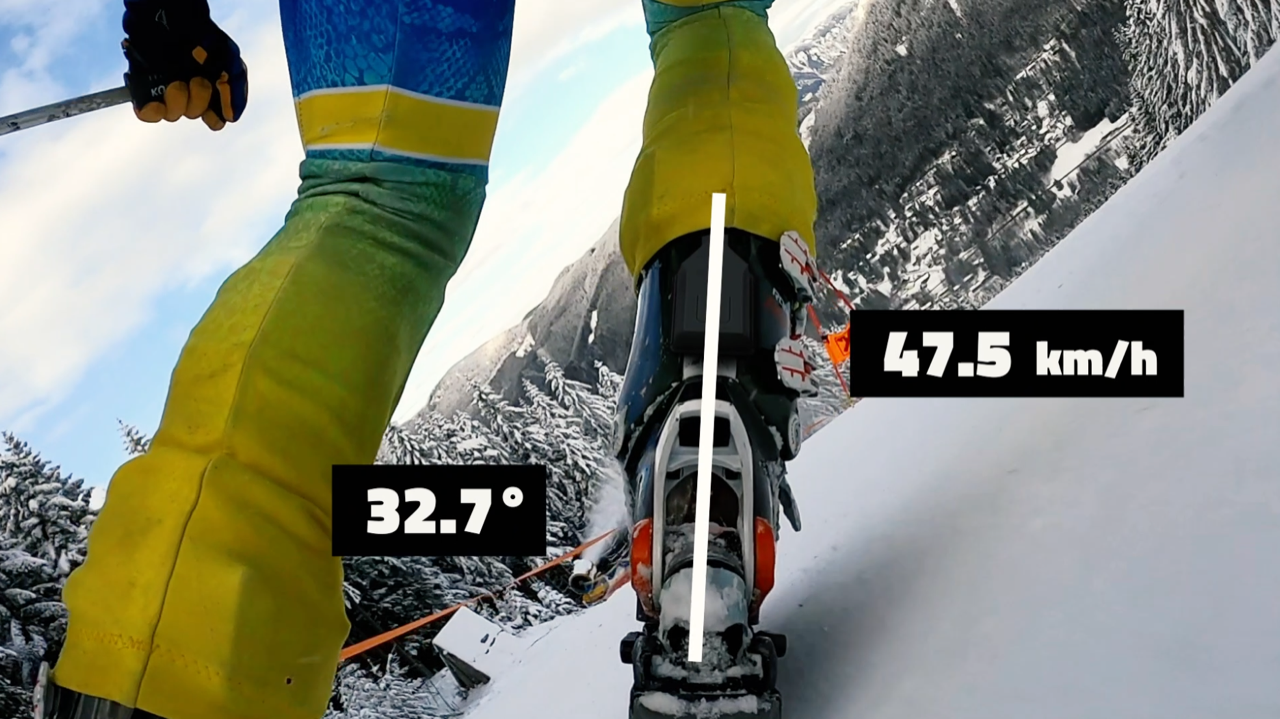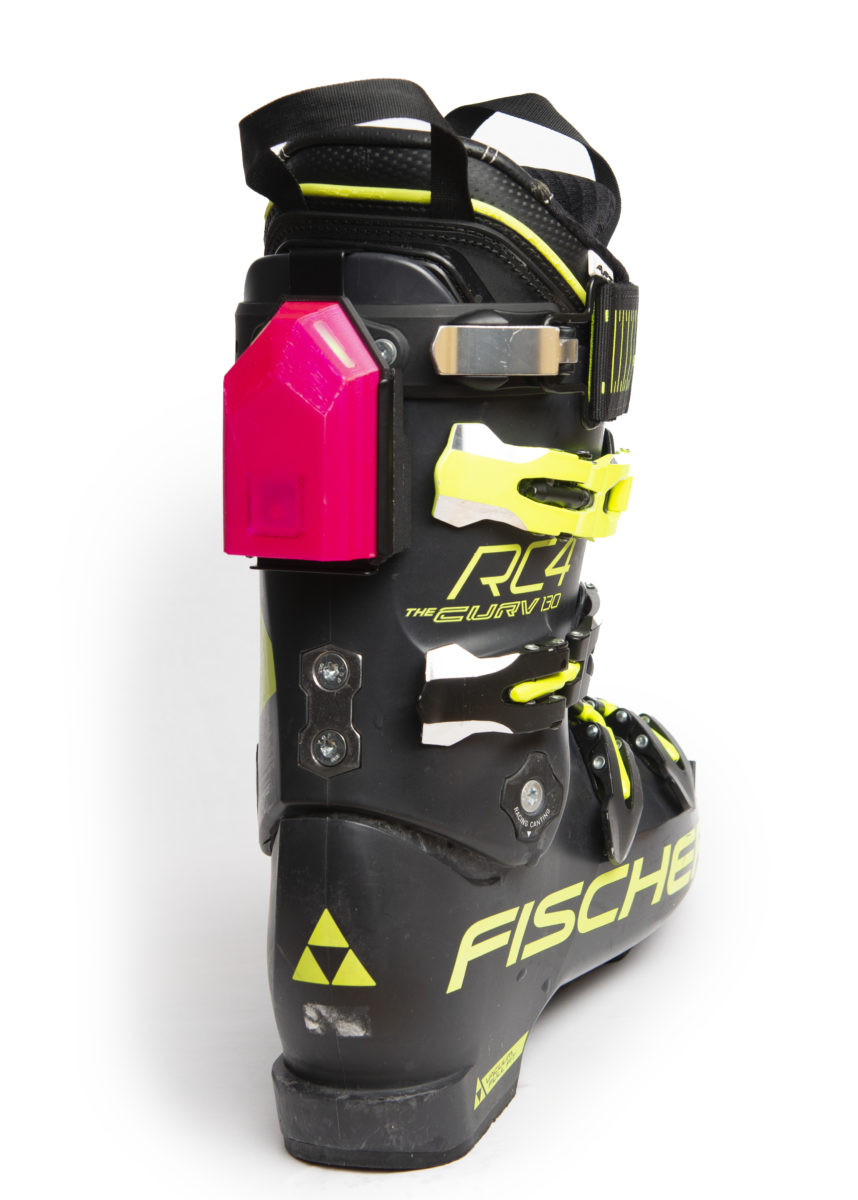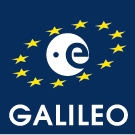
Winter’s (be)coming – digital
Success
stories

Lympik developed a motion tracker for winter sports professionals called OCULUS. The IoT tracker as well as the connected cloud platform focus on the digitalization of training units. In-depth data analysis and training protocols unleash a new dimension of insights and will help to take winter sports professionals to the next level.
Redress limited insights
Nowadays professional training in skiing is limited to the trainer’s line of sight and some basic measured statistics, like the section time or final time. Keeping in mind the rather large total track distance of about 3.000 meters and significant altitude drops of up to 1.000 meters, it is key to find the best racing line. Depending on the discipline, like downhill or super G, improvements are measured in a range of milliseconds which make the difference between a new record or just a good time. In racing, time is usually gained or lost at the gates. Therefore, precise measuring is needed. This is done by Lympik‘s solution because in addition to track time CULUS calculates the time at each gate. Considering that there are more than 60 gates in a giant slalom, it is obvious what can be achieved using this data. A second generation of the device will also evaluate the reason for time lost in addition to the amount of time. On top of that, a digital coach will provide feedback on how to improve.

Wireless data transfer
The current sports tracker is WiFi ready. Each start and finish are detected by the motion controller and the data is automatically transferred to the cloud platform. Followed by some online processing the training results are visualized in a web application which can be accessed by standard smartphones or tablets.
High precision timestamps
To achieve these training benefits, it is necessary to have technology with maximal accuracy. Therefore, Lympik is using UTC timestamps with an accuracy down to nanoseconds which are part of the Galileo signal. A single frequency GNSS receiver with an update rate of 25 Hz of uBlox current line-up is used for the tracker.
LTE on the roadmap
To allow live data transfer without a required WiFi hotspot the next generation will include an LTE modem. This would allow the trainer to have live data during the race and data to be available without significant interruptions during the short clocked races.
Multi-sensor approach
The tracker has an onboard gyroscope, accelerometer, a magnetometer as part of a 9-DOF IMU sensor, as well as a barometric sensor for improved altitude measurement. Multi-sensor fusion algorithms are used within the cloud platform to calculate the best results. Together with the GNSS receiver, they form the functional hardware part of the solution.

Need of Galileo HAS
To push the concept forward Lympik is willing to implement the Galileo High Accuracy service to allow centimetre-level precision. With this ccuracy, it will be possible to perform exact line comparisons which are currently only possible with a highly complex and expensive GNSS-RTK solution. The Galileo HAS will be a game-changer for our system.